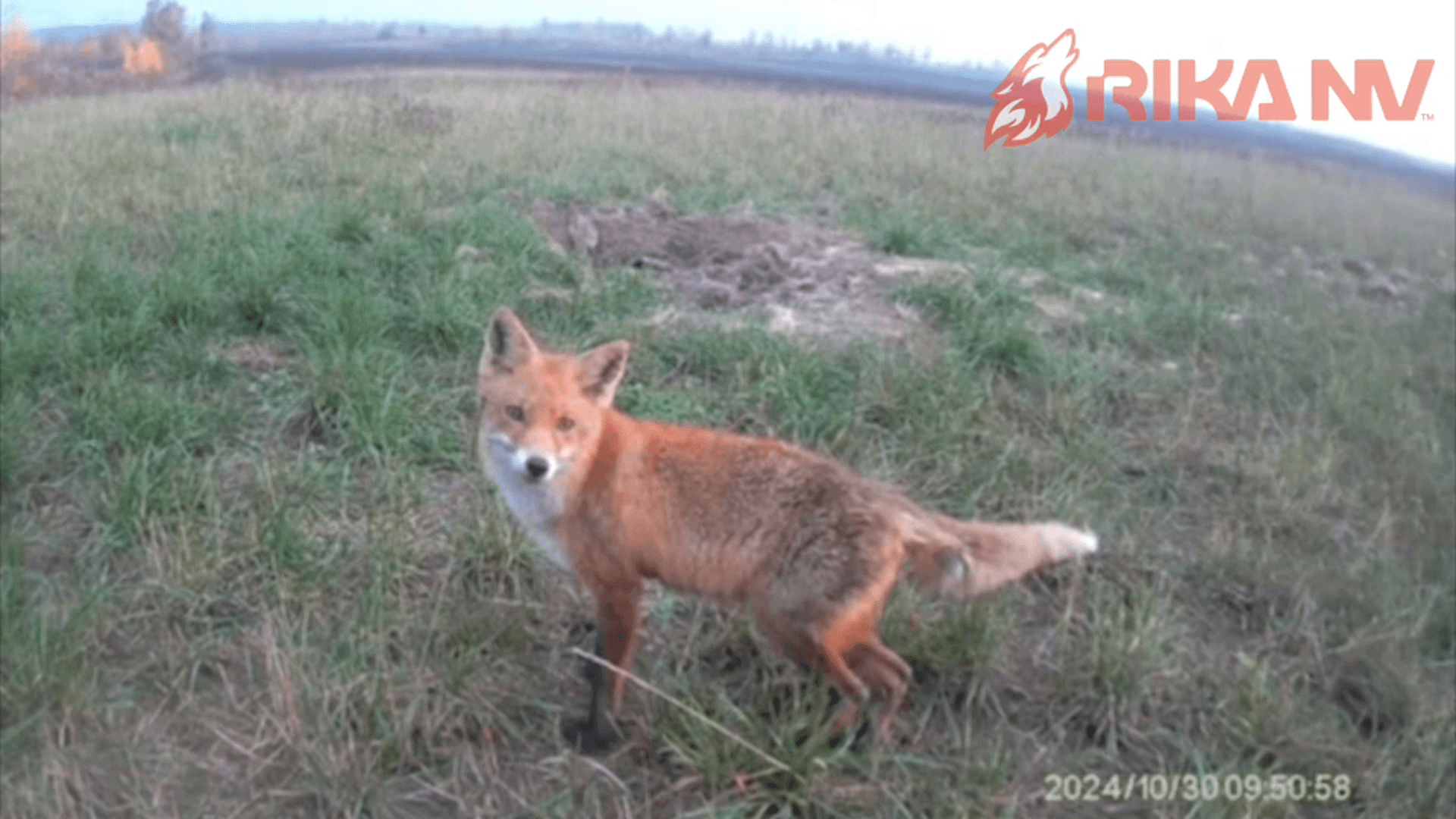
Now's the time for practice, practice, and more practice. Focus on accuracy and speed, and rehearse your approach so you're ready when it matters most. How do you get ready for the season ahead?🦌 #practice #targetpractice #huntingprep #huntingseason #hunt #hunting #hunter
Post: 4 October 17:32















































